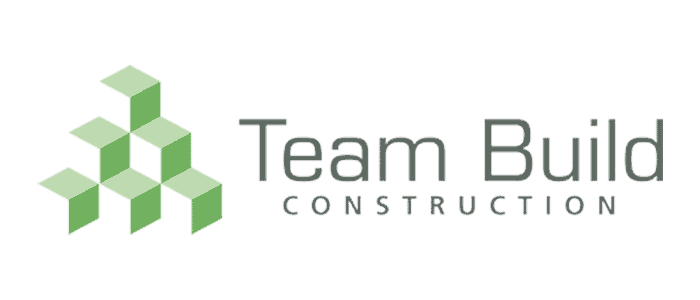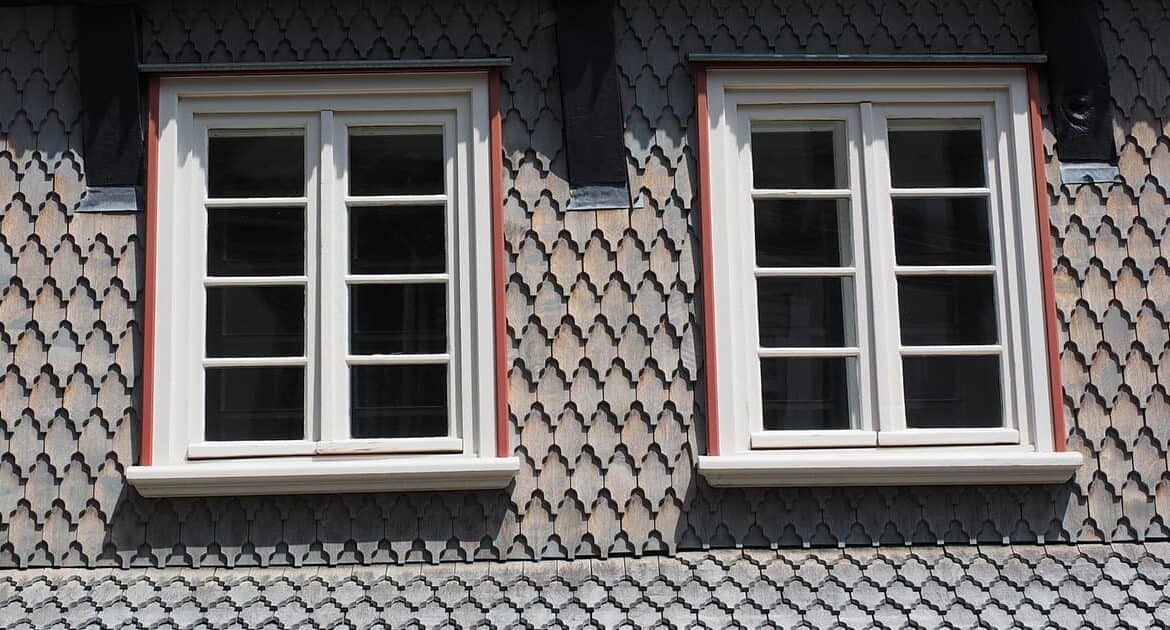If you are considering adding cladding to your house, it’s important that you choose the right option for you. Cladding adds extra protection to your house whilst also adding a wow-factor to the external appearance.
What is external wall cladding?
External wall cladding is essentially an outer layer that covers the structure of a property. Cladding is done for a variety of reasons, with the main being that it adds an extra protective layer to the house. For example, it can help prevent moisture damage to the structural walls beneath it and can help improve insulation.
It can also increase the aesthetic appeal of your property and allow you more of a say on how your house looks externally. Cladding can be fixed directly onto the walls or nailed on to timber battens.
Older properties are usually built with solid walls made from brick or stone; however, more modern properties are typically made up of inner and outer walls which has made cladding a more commonly used method of protection. It has also become more popular to improve the external appeal of houses, with brick slips, stone cladding and timber often being used.
Is planning permission required for external wall cladding?
Before undertaking any significant development to a property, it’s important to find out whether planning permission is required or not. In a previous blog post, we discussed whether planning permission is needed for a conservatory. We also looked into whether it’s required for a loft extension and provided some information which may come in handy if a planning permission application is rejected.
But what about external wall cladding? Is planning permission required for this?
In the majority of situations, external wall cladding is usually covered under permitted development and planning permission is not normally required. However, properties or buildings that are built on protected types of lands, such as within a National Park or Areas of Outstanding Natural Beauty, will require planning permission.
If you live in a regular residential area, you will most likely not need any form of planning permission, however, it’s always important to consider your neighbours. You should think about whether adding cladding to your property will affect your neighbours and plan accordingly.
External wall cladding options

There are a number of options when it comes to adding external wall cladding to your property. The main concerns for most people will be how it will look and whether it will provide sufficient protection. Other aspects that will influence a decision are the costs of installing the cladding and how much maintenance will be required.
Brick wall finishes
Bricks have traditionally been used as the foundation for many properties and many people still like the brick look on their homes. Because of this, brick slip house cladding has become a popular choice for a lot of people looking to add cladding. Brick slips are quick and easy to lay compared to other forms of cladding, however they can be quite an expensive option.
PVCu cladding
PVCu is one of the most common forms of cladding used on properties. It comes in a range of forms including coloured, white and timber options. It’s also relatively cheaper when compared to other cladding options. Good quality PVC cladding tends to be durable and requires minimal maintenance which are also factors that make it a popular choice for property owners.
If you are planning to perform DIY, PVC is relatively easy to fit due to its lightweight properties and simplicity to assemble. Of course, the better-quality PVC you buy, the more use you will be able to get out of your cladding without maintaining it.
Wood cladding
Wood cladding is also another popular choice for external wall cladding and there are a few different common variations available. Timber cladding can range from basic softwood to chemically treated wood and the cost will fluctuate depending on the type of wood you use. Softwood timber tends to be the cheapest type of cladding available, so is a solid option for people looking to install cladding on a budget.
Other types of timber such as cedar, larch, spruce, oak and chestnut are also often popular types of wood cladding, however, prices vary in cost and certain timbers may also require more maintenance, which can end up making it a more expensive option.
Wood cladding will likely need priming and painting and this will need to be more regularly upkept when compared to other cladding materials. Higher quality heat-treated woods such as Thermowood, Accoya and Platowood require less maintenance and reduce the moisture content of the cladding, improving stability.
These are just a few examples of materials you can use for cladding, but there are lots of other options available. There are a few different factors to consider when deciding to install cladding, so hopefully this blog has been able to give you some food for thought.
You’ll also need to consider whether you’re going to ‘DIY‘ or bring in professionals to install it, so it’s worth researching which option is best for you.

